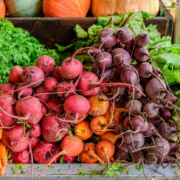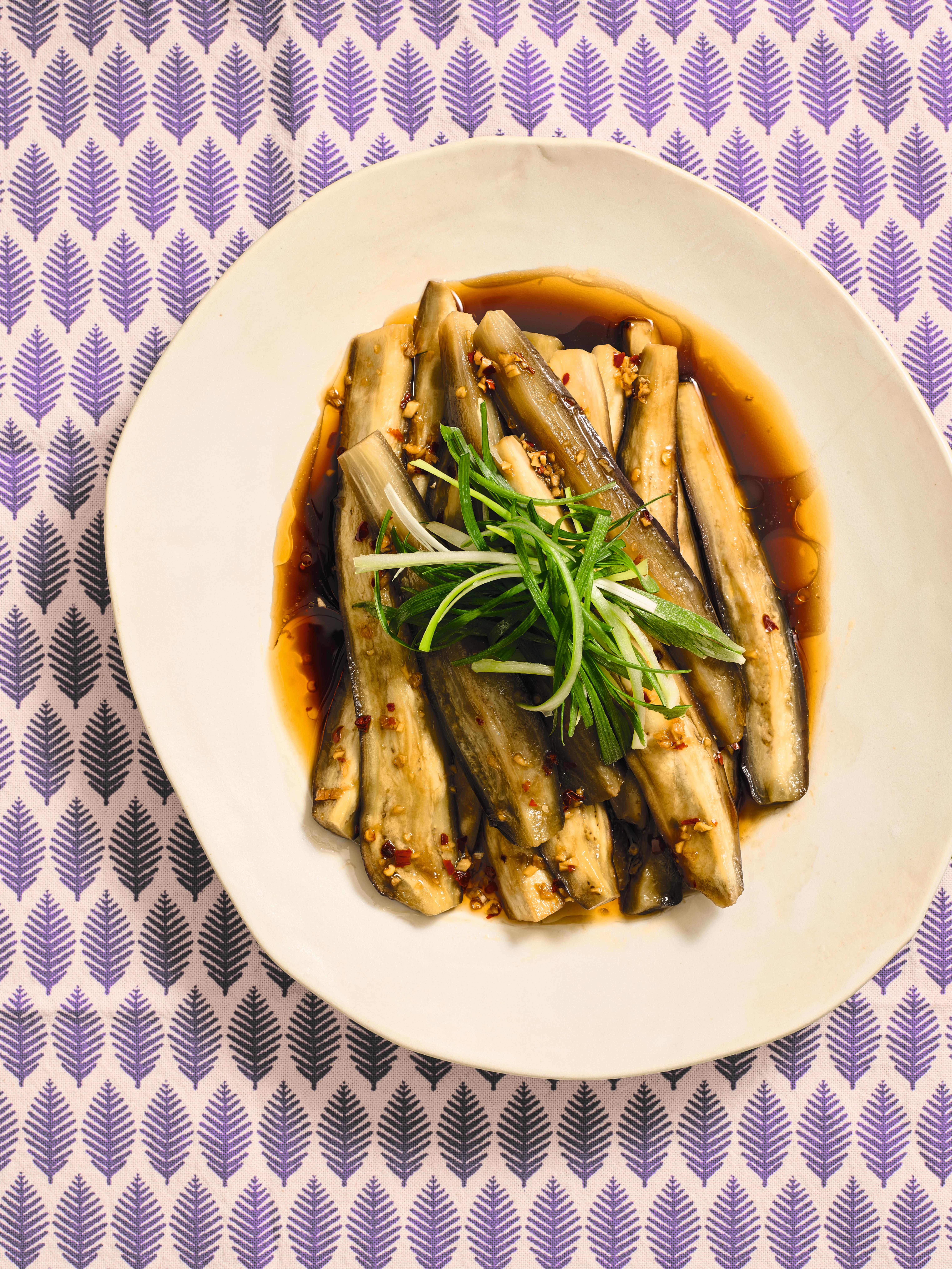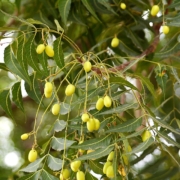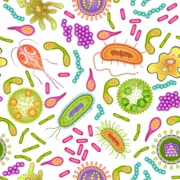Strawberries – a self-sufficient crop
By Gillian Swinton
Images and text from The Good Life by Gillian Swinton, photography by Francine Boer Photography and Gillian Swinton. Published by Allen & Unwin NZ, RRP $45.00.
We hope you enjoy this free article from OrganicNZ. Join us to access more, exclusive member-only content
Planting strawberries in winter might sound ridiculous, but it is a great activity to do while the garden is dormant. When your strawberry plants are in the ground, you should notice runners coming off each mature plant. These runners are future strawberry plants, meaning that if you look after your plants, strawberries can become yet another self-sufficient crop.
Strawberry plants are going to remain in your garden for a few years, so consider where you’re placing them. Wherever you plant them, they will need a bit of love in the beginning to ensure they fruit in summer. I’ve chosen to plant ours in the paddock next to our garlic crops, as they make great companions. Keep in mind they will need protection from birds, so growing them in a berry house or in an area you can easily cover is key!
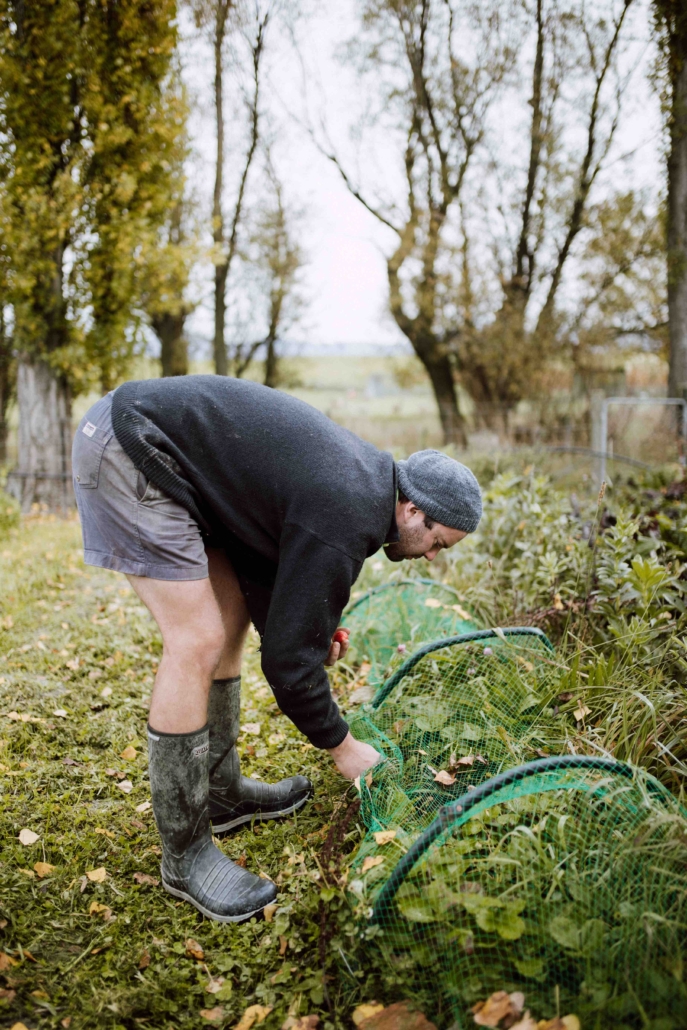
To obtain runners, find a healthy strawberry plant and locate the running stem from the original plant. There may be a few plants on one runner, and you can take them all. Look for little roots and healthy crowns developing at the base. I trim these down and plant them in a seed-raising mix until spring when the soil temperatures rise.
You could do this in autumn or spring, but I find taking the runners in winter, then keeping them in good soil and well fed with seaweed tonic, means I can build healthy roots in time for a head start in spring.
I also build their future garden beds, ready for the runners when it gets warmer. For my strawberry bed, I:
- fork the ground gently to get some air into the soil.
- add compost.
- add chicken poop — it’s acidic, which strawberries love!
- add leaf mulch and grass clippings — grass clippings in winter are fine to add as there are no seeds. Mixing them with leaves makes a powerhouse combo.
- add weed matting. This will protect the plant, suppress weeds and stop any fruit in summer from sitting on the ground. Many gardeners dislike using weed matting, but we use it happily for our strawberry beds. You could replace weed matting with wool or a heavy mulch of pea straw. We get some big winds in spring, so pegging down weed matting helps keep our organic materials from being blown away, as well as retaining soil moisture.
- blow-torch holes into the matting. Melting the matting seals the holes and makes it easier for us to plant the runners.
- add an irrigation line under the weed matting, to be hooked up in spring when the runners are planted.
When it comes time to plant in spring, get the young plants and plant in the holes in the matting. You may have to dig down through the layers, but make sure not to cover the crown (the stem where the leaves develop from) with soil. Water in with seaweed tonic and keep plants well irrigated through spring and summer.
New plants won’t yield much fruit in their first year, but they will do better in years two and three. Keep covered with netting to prevent birds (and dogs) from getting in. With some care each year, you shouldn’t have to buy strawberries or strawberry plants again!
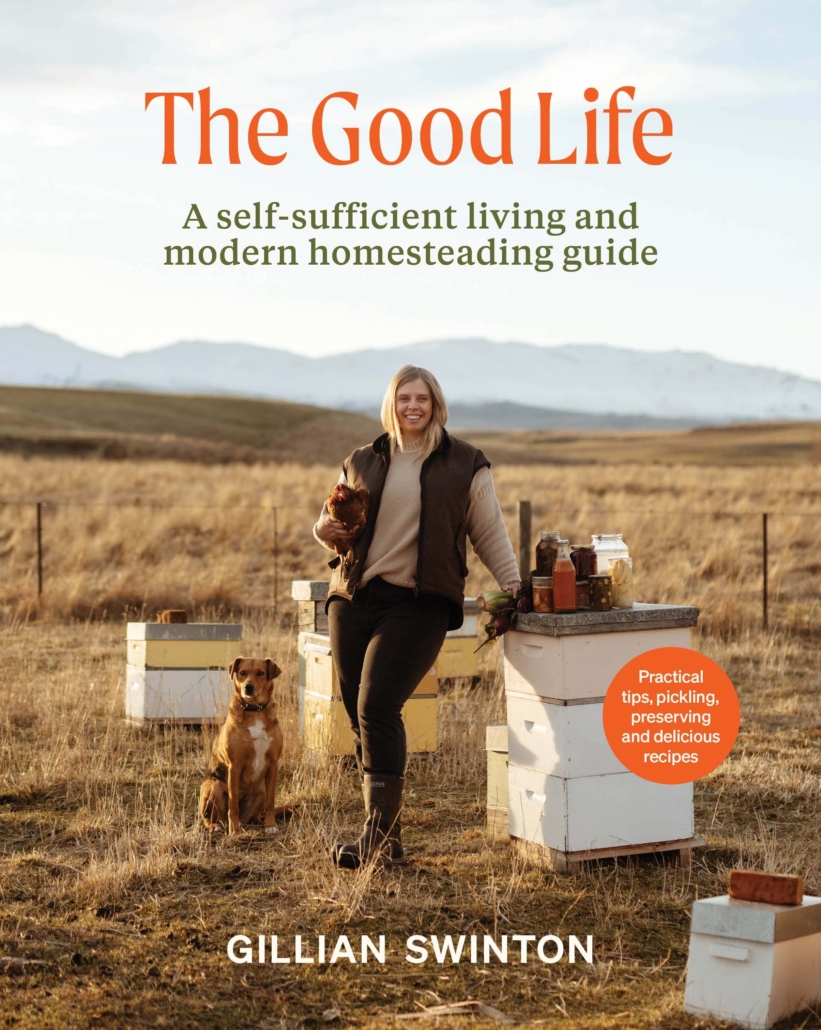
Cover of The Good Life by Gillian Swinton


